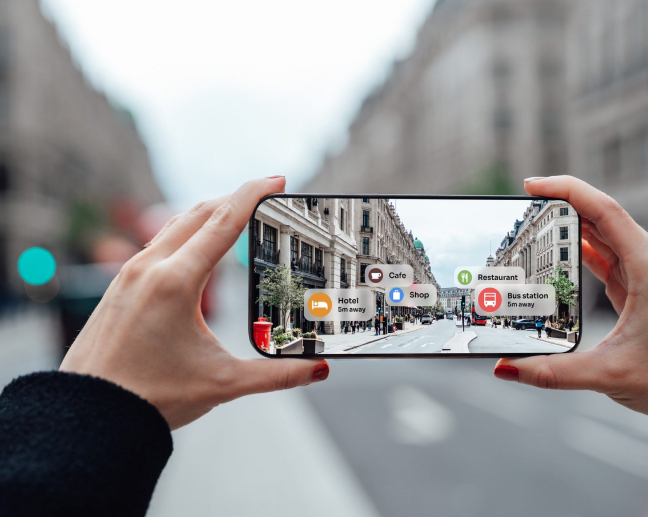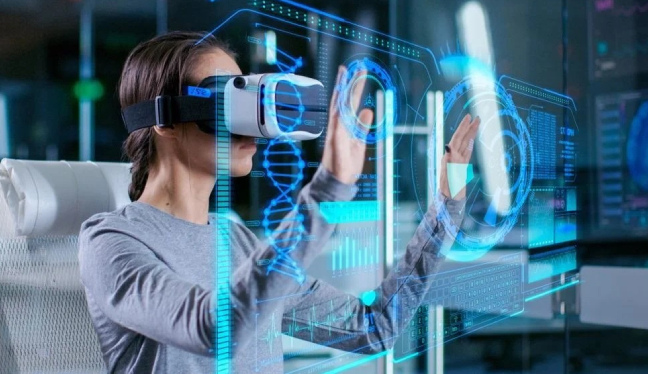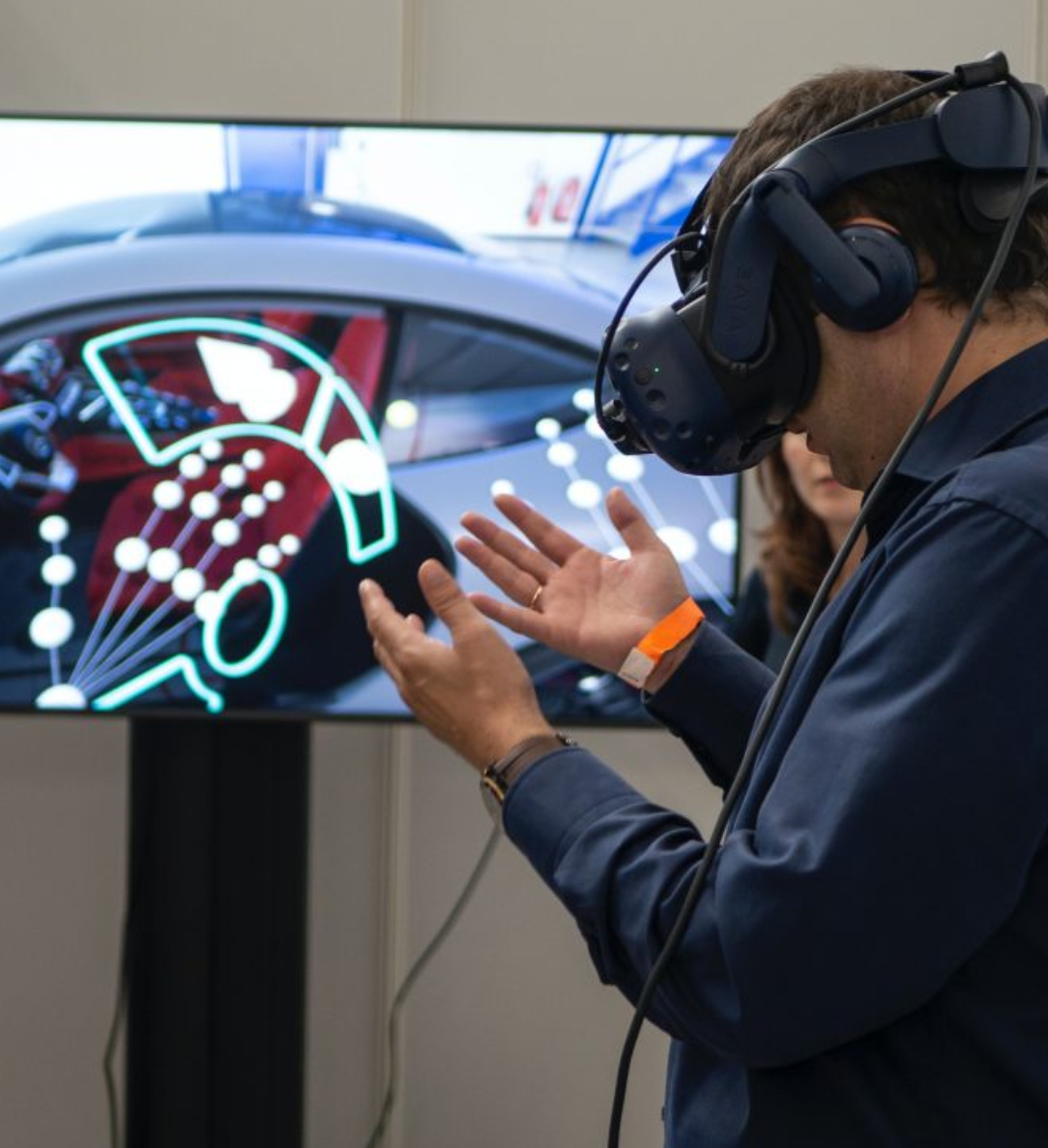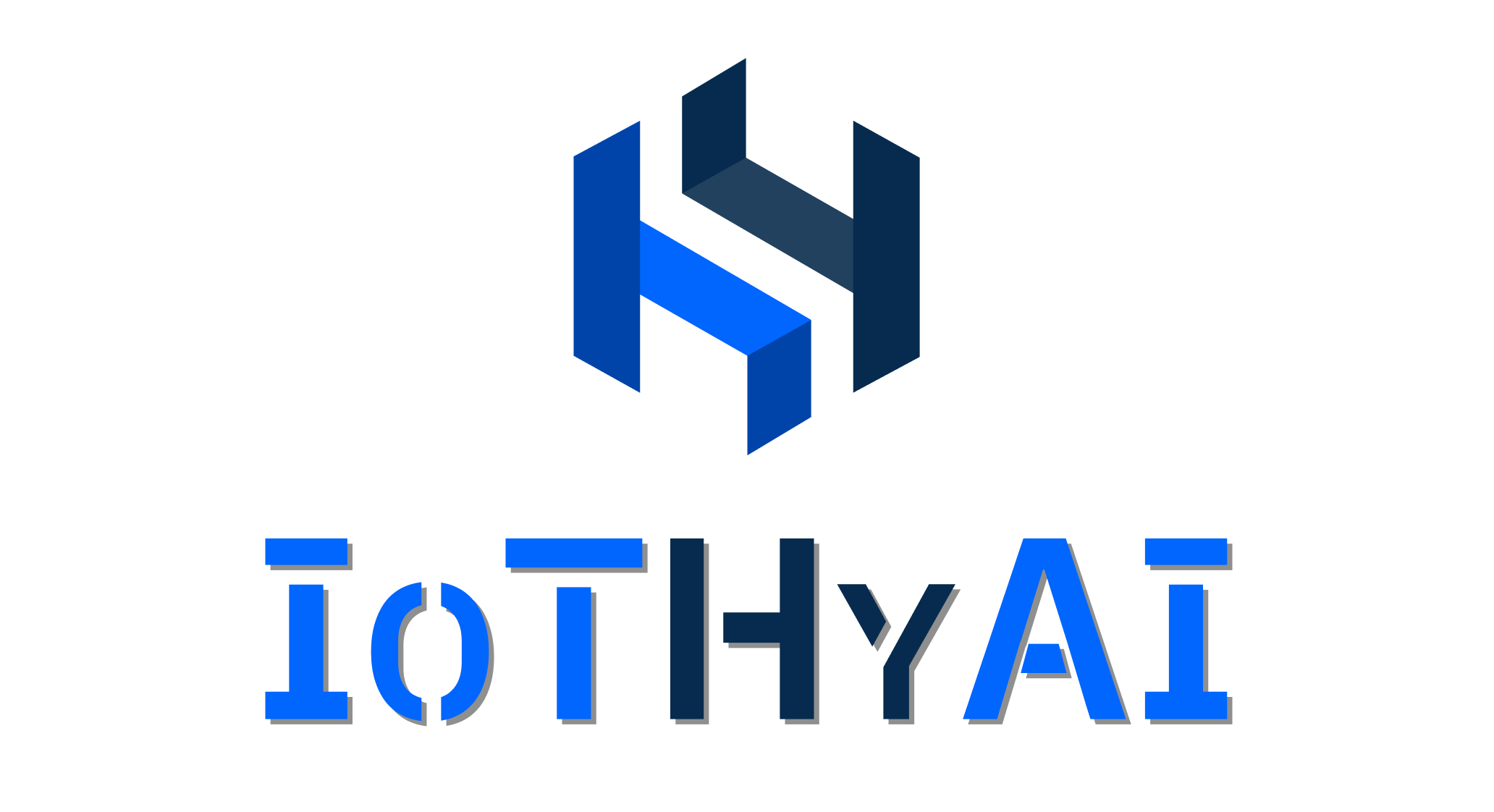Exploring Augmented Reality (AR)
Augmented Reality (AR) stands at the intersection of the digital and physical worlds, offering users a captivating fusion of virtual and real-world experiences. This groundbreaking technology enriches our perception of reality by seamlessly integrating digital information, such as images, videos, or 3D models, into our immediate surroundings.The essence of AR lies in its ability to recognize and interpret the user’s surroundings in real-time. Using advanced computer vision algorithms, AR-enabled devices, such as smartphones, tablets, or AR headsets, identify key features of the environment, such as objects, surfaces, or locations. Once the context is understood, AR applications superimpose relevant digital content onto the user’s view, aligning virtual objects with the physical space.
Augmented Reality (AR) stands at the intersection of the digital and physical worlds, offering users a captivating fusion of virtual and real-world experiences. This groundbreaking technology enriches our perception of reality by seamlessly integrating digital information, such as images, videos, or 3D models, into our immediate surroundings.

Our Solutions
- Product Visualization
- Remote Assistance
- Training Simulations
- Maintenance and Repair
- Wayfinding and Navigation
- Educational Content
- Interactive Marketing Campaigns
- Architectural Visualization
- Healthcare Training
- Emergency Response
Key Advantage
Augmented Reality (AR) is its ability to enhance user experiences by seamlessly blending virtual elements with the real world. This integration of digital information into the physical environment offers several benefits, including:
- Enhanced Engagement
- Improved Understanding
- Real-world Context
- Hands-free Interaction
- Personalization
- Enhanced Visualization
56
Customer Satisfaction

Our Approach
Employed to seamlessly integrate digital content with the real world
01
Image Recognition
AR systems to identify specific markers or patterns in the real world, such as QR codes or fiducial markers.
02
Object Recognition
AR systems to identify and track physical objects in the real world, enabling the placement of digital content.
03
Surface Detection
AR systems to detect and track flat surfaces, such as tabletops, floors, or walls, and overlay digital content.
04
Gaze Tracking
Gaze tracking techniques track the user's gaze or eye movements, allowing AR systems.
FAQ’s
Your Go-To Resource for Answers

AR works by using cameras and sensors to detect the user's surroundings and overlaying digital content onto their view of the real world. This digital content can be triggered by markers, objects, surfaces, or location-based information.
No, AR and VR are different technologies. While AR overlays digital content onto the real world, VR immerses users in entirely virtual environments, blocking out the real world entirely. AR enhances reality, while VR replaces it.
Yes, AR is generally considered safe for most users. However, as with any technology, it's essential to use AR responsibly and be aware of potential safety hazards, such as tripping hazards or distractions from the real world.
Examples of AR experiences include interactive gaming, educational simulations, virtual try-on experiences in retail, navigation aids, augmented advertising campaigns, and virtual art installations, among others.
The future of AR holds immense potential, with ongoing advancements in hardware, software, and AI technology. AR is expected to become more integrated into our daily lives, transforming how we work, learn, shop, and interact with the world around us.

